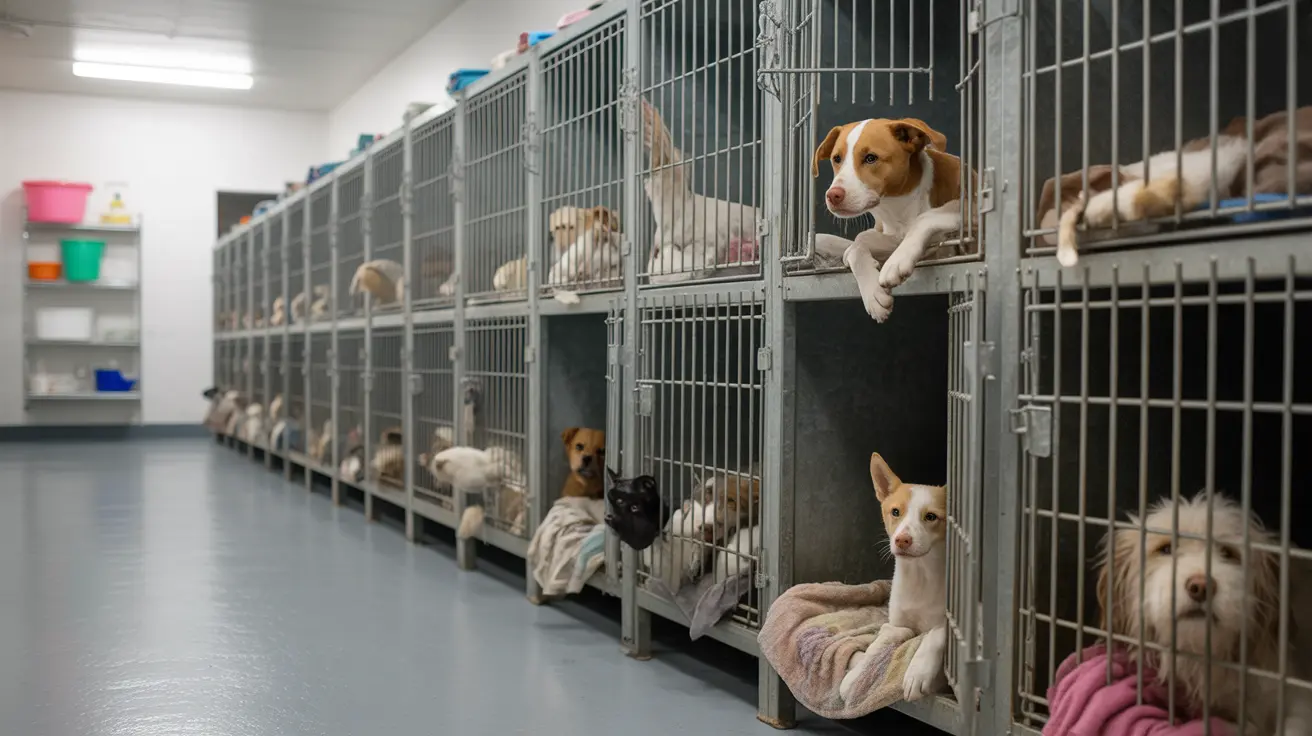The Darkest Episode of Courage the Cowardly Dog: "The Mask"
Courage the Cowardly Dog was a groundbreaking animated series that combined comedy with genuinely unsettling horror elements. Though ostensibly a children's show, its eerie animation style, psychological storytelling, and bold thematic content pushed boundaries rarely seen in kids’ programming. Among its many spine-chilling episodes,
"The Mask" stands out as the darkest and most emotionally resonant.
Overview of "The Mask"
First aired on October 18, 2002, season 4’s episode "The Mask" differs from typical Courage adventures. Rather than focusing on a supernatural villain, the episode delves into
psychological trauma, domestic abuse, and friendship. The eerie and melancholic tone struck viewers as both disturbing and deeply human.
Summary of the Plot
The episode begins when a mysterious, masked female figure named Kitty arrives at Courage's home. She claims she is looking for her lost friend, Bunny, and expresses her hatred for dogs. Her aggression toward Courage is immediate and violent. Over the course of the episode, Kitty slowly reveals her backstory — Bunny was trapped in an abusive relationship with a criminal dog named Mad Dog. Kitty fled in an attempt to find help.
- Kitty wears a mask both literally and metaphorically, masking her trauma and intentions.
- Courage helps reunite Kitty and Bunny, ultimately freeing Bunny from her dangerous relationship.
This plotline shifts the show’s usual emphasis from supernatural fear to real-world psychological horror.
Why "The Mask" Is Considered the Darkest
"The Mask" is a departure for several reasons:
- Themes of Domestic Abuse: The episode tackles serious subject matter not typically associated with children's programming. Viewers see Bunny controlled and dominated by Mad Dog, shedding light on abusive dynamics.
- Symbolism: The use of the mask symbolizes both concealment and pain. As Kitty’s story unfolds, we understand that the mask hides more than her face — it hides trauma, guilt, and fear.
- Lack of Comic Relief: Unlike other episodes, there are few light-hearted moments. The tone is somber from start to finish.
- Subtle Character Development: Instead of the usual slapstick horror, we get nuanced relationships and depth.
Impact and Reception
When "The Mask" first aired, it received praise from critics and mature viewers for treating its audience with intelligence and emotional depth. While many children may not have grasped the full implications, those revisiting the show as adults recognized the
bold storytelling and
emotional realism.
Psychological Horror for a Younger Audience
Courage the Cowardly Dog never shied away from fear — episodes like "Freaky Fred" and "King Ramses' Curse" filled screens with haunting visuals. Yet "The Mask" went beyond visual scares. It explored the idea of protection, friendship, and the scars abuse can leave.
- Mature Themes: It featured topics more suited to psychological thrillers than cartoons.
- No Real Monster: Instead of a monster-of-the-week, the villain is a cruel relationship dynamic.
- Real-World Relevance: It subtly teaches about compassion and standing up to abuse.
Lessons from the Episode
"The Mask" is not just dark for the sake of being disturbing. It carries strong underlying messages:
- Friendship and Loyalty: Kitty risks everything to save her friend.
- Judgment and Misunderstanding: Kitty initially judges Courage based on her past experiences with dogs.
- Empowerment: Bunny finds the strength to walk away from abuse thanks to Kitty and Courage.
Conclusion
"The Mask" remains a standout episode because it dares to deal with complicated emotional issues rarely addressed in animated series. It demonstrates the show's unique ability to blend realism with the surreal, showcasing the terrifying nature of true-life horror against the backdrop of a lightly-anthropomorphized canine hero.
This episode is a powerful reminder that dark stories in children's media can open meaningful conversations. By blending fear with hope and adversity with kindness, "The Mask" continues to provoke thought and stir emotions more than two decades later.





